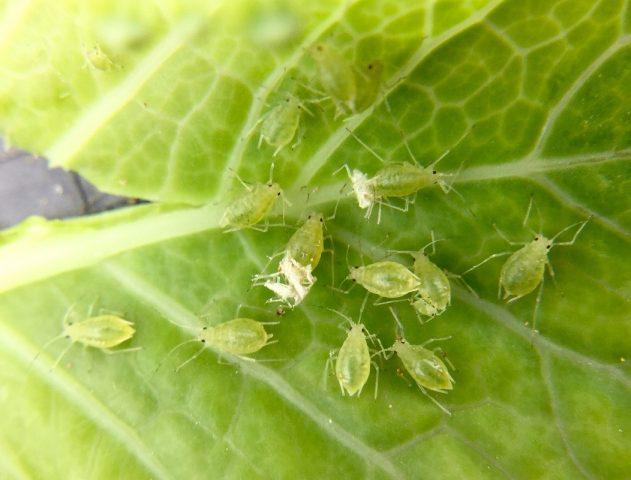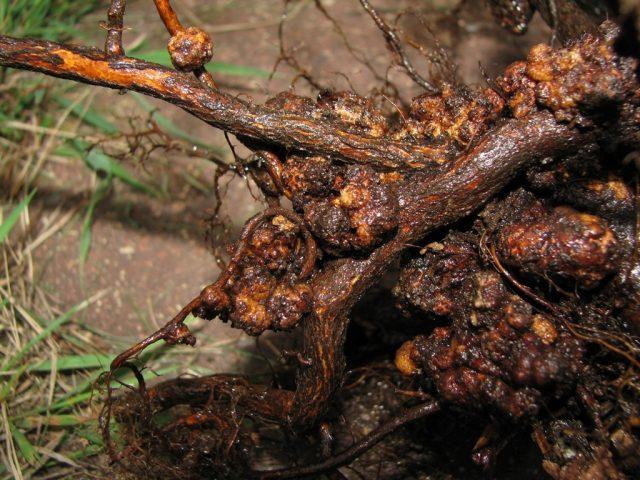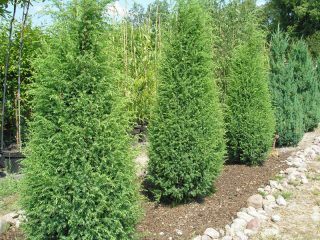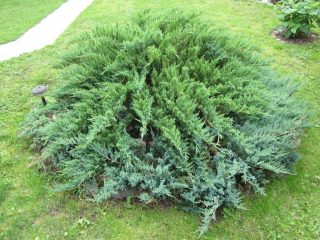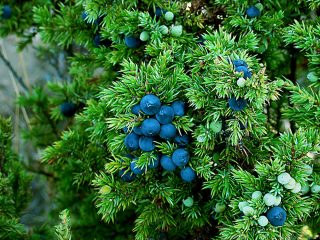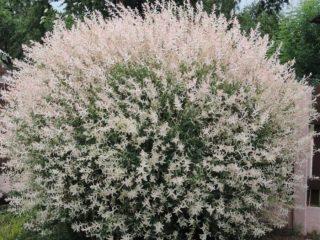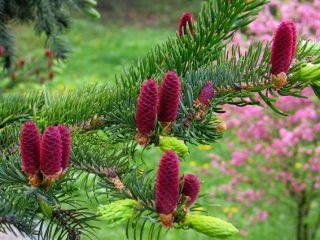Content
- 1 Description of the cercis plant with photo
- 2 The difference between cercis and sakura
- 3 Types and varieties of Cercis
- 4 Planting and caring for Cercis in open ground
- 5 How to propagate Cercis
- 6 Diseases and pests
- 7 Why doesn't cercis bloom?
- 8 Photo of cercis in landscape design
- 9 Conclusion
- 10 Reviews of the Cercis tree
The photo and description of the Cercis tree deserve careful consideration. The culture does not have strict care requirements, but needs care from the gardener.
Description of the cercis plant with photo
Cercis, Judas tree or crimson tree (Cercis) is a plant of the Legume family. Young branches are smooth, pale red or brownish-olive; older shoots have blackish bark, covered with small cracks. The height of the cercis tree is on average 10-18 m. The leaves are ovoid, with raised veins, of a dark green hue. They have a smooth edge and are arranged on the branches in a regular order on the petioles.

The lifespan of the cercis is 50-70 years
The culture is drought-resistant and loves sunlight. The growth rate of cercis is very low - at the age of 4-5 years the tree rises only 1.5 m above the ground. The flowering of the crop occurs for the first time in the fifth year of life. In nature, the tree usually settles on rocky calcareous soils.
Where does cercis grow?
In its natural form, scarlet is distributed almost throughout the world. Some varieties of the crop are native to North America and Mexico, while others are found in Central and Southeast Asia. You can see the tree in Turkmenistan and China, as well as in the Caucasus.
Cercis flowering period
The tree blooms in the spring, buds appear on its shoots even before the leaves bloom. The plant bears purple or pink five-petaled bells, collected in small bunches or brushes. The decorative period lasts about a month and ends approximately at the moment when the leaves of the tree fully open.
Are Cercis fruits edible?
At the end of the decorative period, the scarlet tree bears fruit - large pods up to 10 cm long. Each of them contains 4-7 oval shiny beans of a flattened shape.
The fruits have no nutritional value. The culture is valued mainly for its decorative properties, as well as for its strong, beautiful wood.
Winter hardiness of cercis
The frost resistance indicators of Cercis depend on the variety. Some plants can withstand cold temperatures down to -30 °C with minimal shelter. Others suffer greatly from frost and are intended to be grown in warm areas where winter temperatures do not drop below -15 °C.
Medicinal properties and uses of cercis
Interesting facts about Cercis mention the numerous beneficial properties of the plant. The raw materials are used in folk medicine; when used correctly, scarlet:
- promotes rapid healing of wounds;
- improves the condition of tuberculosis;
- removes mucus from the respiratory tract during bronchitis and colds;
- has anti-inflammatory and antibacterial effects;
- comprehensively strengthens the immune system;
- improves digestion and stimulates metabolic processes;
- increases vigor and restores energy reserves.
The leaves, bark and flowers of the lilac cercis tree are used to prepare aqueous decoctions, infusions and alcohol tinctures. When used in moderation, such remedies bring great benefits to the body and improve health.
The difference between cercis and sakura
Cercis and sakura are very similar in appearance during the flowering period. However, trees belong to different families. If the scarlet tree belongs to the legumes, then the name sakura combines plum crops and finely serrated cherries.
Both plants bloom profusely before the leaves emerge in early spring. At the same time, they can be distinguished from each other by their fruits. Unlike cercis, sakura does not form pods, but small berries with a large seed in the middle and sour, tart pulp.
Types and varieties of Cercis
Photos of flowering cercis show that the tree comes in many varieties. You can list several of the most popular plants among gardeners.
European (Cercis siliquatsrum)
The decorative scarlet plant is thermophilic and suitable for the southern regions.Bears deep pink flowers in early spring and has a spreading crown.

The height of the European cercis usually does not exceed 10 m
Canadian (Cercis canadensis)
A popular frost-resistant variety of scarlet grows up to 12 m. Green leaves turn bright yellow in autumn. The species bears small, pale pink flowers.
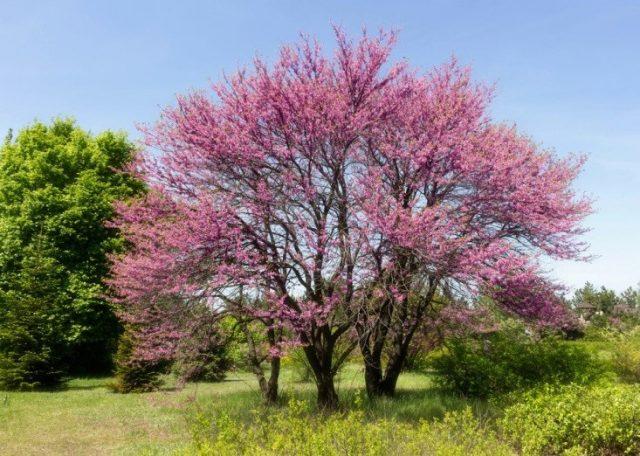
Canadian scarlet blooms later than other species and completes flowering only in early summer
Chinese (Cercis chinensis)
The tall purple plant reaches 15 m above the ground. It has large heart-shaped leaves and blooms in May. The tree's pink-purple buds form large, lush bunches on the branches.
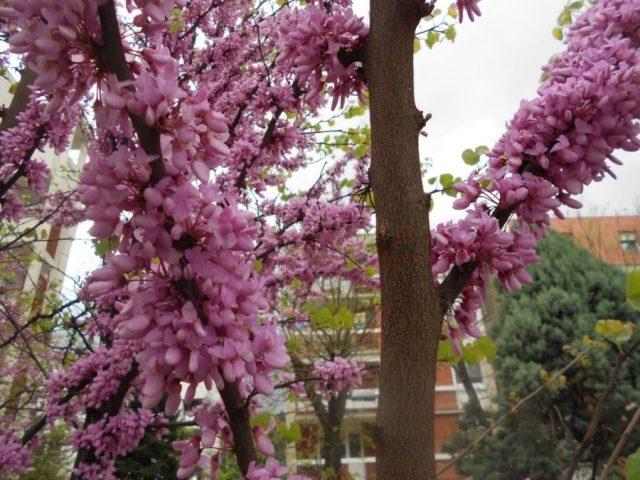
Chinese scarlet does not tolerate cold well and does not take root in Siberia and the Urals
Western (Cercis occidentalis)
The frost-resistant species has a spreading, highly branched crown. It grows to an average height of 12 m and blooms in late spring. The buds of the tree are reddish-pink, collected in thick clusters, the leaves are rich green.
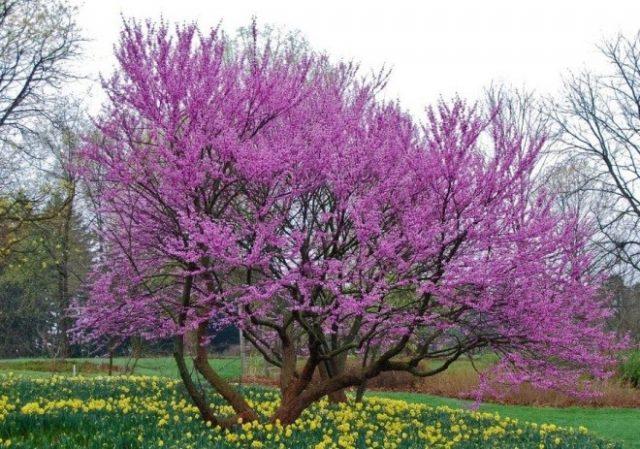
Western scarlet is suitable for planting in the middle zone
Griffith's (Cercis griffithii)
Cercis of this species is a medium-sized shrub up to 4 m above the ground. It has leathery, dark green leaves and woody stems. It blooms with purple-pink buds, united in inflorescences of 5-7 pieces.
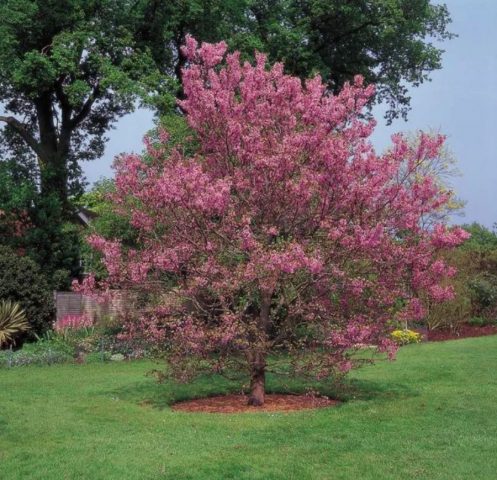
Cercis Griffith can be grown only in the southern regions
Racemosa (Cercis racemosa)
Cercis prefers to grow in sunny and warm areas. The leaves of the tree are dark green in summer and turn deep yellow in autumn. Racemose inflorescences appear in mid-spring and consist of numerous purple buds.
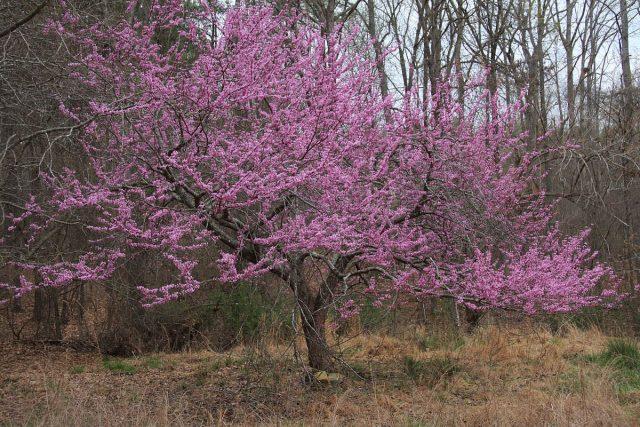
Purple cyst is found in nature exclusively in Central China.
Kidney-shaped (Cercis reniformis)
The heat-loving scarlet reaches 10 m above the ground and can be either a compact tree or a large shrub. The green leaves of the plant are oval, the buds are deep pink, held on shortened stalks. The flowers are collected in drooping small racemes.
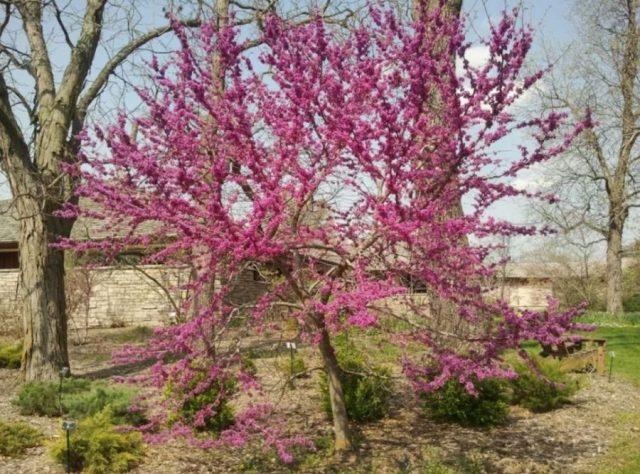
The length of the inflorescences of the reniform cercis can be 10 cm
Planting and caring for Cercis in open ground
Planting cercis on the site is very simple. For the plant you need to choose a sunny or slightly shaded place with well-drained soil. The soil must be alkaline in composition; it must first be properly limed.
The tree planting pattern is as follows:
- At the selected location, dig a hole twice the size of the roots.
- Drainage is poured into the bottom of the depression, and fertile soil with the addition of sand and humus is placed on top of it.
- Place the seedling in the center of the hole and straighten the roots to the sides.
- Cover the plant with soil and water it abundantly with lukewarm water.
For planting, it is recommended to choose Cercis no older than one year. Although the tree grows rather slowly, its roots develop very quickly. When transplanting an adult seedling, the risk of damaging the feeding system increases.
Caring for Cercis in the garden is easy; you need to pay attention to basic agrotechnical measures:
- Watering. The tree requires abundant moisture only in the first 2-3 years after planting during the active growth stage. An adult plant is watered only during periods of prolonged drought.
- Feeding. In early spring, organic fertilizers are added to the soil - an infusion of mullein or bird droppings. In mid-June, Cercis is fed with minerals with a high nitrogen content, and in August - with preparations with potassium and phosphorus.
- Trimming.For the scarlet plant, a sanitary haircut is carried out annually. In the process, all diseased and broken, as well as twisted branches are removed. In the spring, pruning can be done again to remove shoots damaged by snow and frost. Decorative pruning is carried out every 2-3 years to give the crown the desired shape.
With the onset of autumn, Cercis in the Moscow region should be covered with organic material or dry leaves in the circle around the trunk, and after the arrival of cold weather, cover the tree with spruce branches. In the southern regions, it is usually not necessary to insulate the trunk; it is enough to mulch the soil.
How to propagate Cercis
There are several ways to propagate Cercis in the garden. Most often, the tree is propagated vegetatively using cuttings or sections of roots, but it is also possible to use the seed method.
Growing Cercis from seeds
To grow cercis from seeds, you must first prepare the beans for planting. Their skin is very thick, so you need to pour boiling water over the material and soak it in warm water for several hours.
It is recommended to sow beans directly into open ground at the end of autumn. There is no need to pre-moisten the soil, otherwise the scarlet plant may germinate ahead of time. After planting the beans, the bed is mulched with a dense layer of peat or dry leaves, and covered with spruce branches on top.
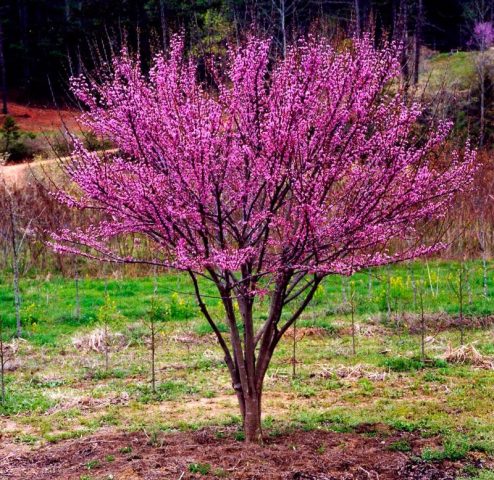
Heat-loving varieties of Cercis do not sprout at temperatures below -5 ° C, so they are usually not sown in the ground
Propagation of Cercis by cuttings
It is necessary to cut Cercis in mid-autumn. A strong shoot 2-3 years old is cut from an adult plant; at least two buds must be present on the branch.The cuttings are treated with a growth stimulator and immediately buried in the open ground at an angle. The shoot needs to be deepened by 10-15 cm.
With timely cuttings, Cercis has time to take root before the onset of frost. For the winter, it needs to be insulated according to the standard scheme - throw dry leaves and spruce branches on top.
By layering
You can plant cercis near the house using root shoots. It is necessary to separate a healthy and strong, but flexible lower layer from an adult tree, and then immediately move it to a new location.
The procedure is usually performed in early spring before the active growing season. The cuttings take root quite quickly and by mid-summer are well rooted in the ground.
Diseases and pests
When grown properly, crimson rarely suffers from fungi and parasites. But they pose a certain danger to him:
- aphids - small insects feed on the sap of tree leaves and leave a sticky coating on the leaves;
Aphids cause purple leaves to turn yellow and weaken the plant.
- root rot - with chronic waterlogging, the scarlet plant stops growing, begins to shed its plates, and then dies.
Root rot is caused by heavy rains and excessive watering.
When aphids appear on the leaves of the plant, you need to spray them with insecticides or a regular soap solution. For fungi, Bordeaux mixture and copper sulfate are used, all affected parts of the tree are cut off.
Why doesn't cercis bloom?
The scarlet tree is popular due to its decorative effect. But sometimes Cercis blooms reluctantly after planting or even refuses to set buds.
If the scarlet plant does not bloom, this is usually due to several reasons:
- rotting of roots;
- too poor soil;
- poor lighting;
- insufficient hydration.
In most cases, if the planting is unsuccessful, the scarlet not only does not set buds, but generally grows poorly. To correct the situation, you need to adjust the intensity of watering, apply complex fertilizing and perform treatment against fungal diseases.
If flowering does not occur due to lack of light, it is quite difficult to deal with the problem. But you can carry out sanitary pruning for the scarlet plant and properly thin out its crown.
Photo of cercis in landscape design
At the dacha, the scarlet plant is most often planted as a tapeworm so that the flowering tree attracts maximum attention. It must be taken into account that an adult Cercis requires a lot of free space. The tree cannot be planted close to a house or fence; it will not be able to develop freely.
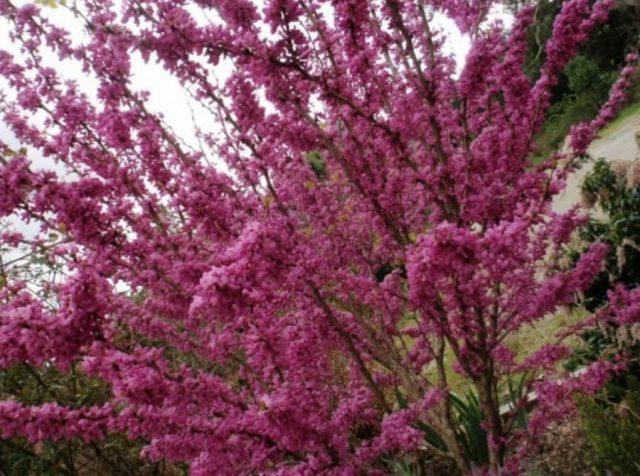
Shrub varieties of Cercis are used to create hedges
You can place the scarlet at some distance from the conifers. Bright greenery will highlight the beauty of a flowering tree, while the plants will not interfere with each other in the presence of minimal space. It is allowed to sow decorative annuals and perennials in the tree trunk circle.
Conclusion
Photos and descriptions of the Cercis tree represent a very beautiful plant with early spring flowering. The culture requires fairly simple care, but special attention must be paid to preparing for winter.
Reviews of the Cercis tree
